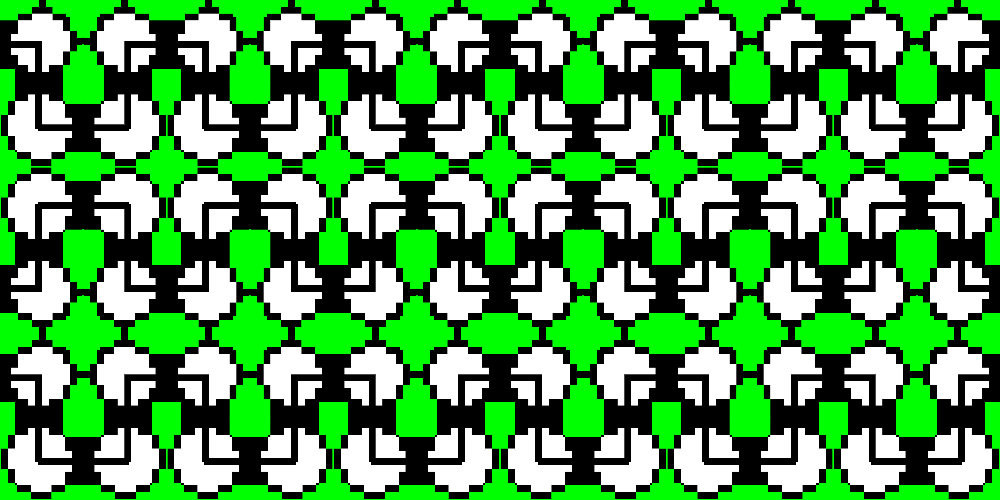Welcome to Mastodon

Too Long; Didn't Read
<em>My name is Eugen Rochko and I’m the creator of Mastodon, a free, open-source federated social network. The flagship instance mastodon.social has over 24,000 users and is growing fast.</em><a href="https://mastodon.social"><em> You can check it out here</em></a><em>.</em>Developer
What’s different and why it’s better
My name is Eugen Rochko and I’m the creator of Mastodon, a free, open-source federated social network. The flagship instance mastodon.social has over 24,000 users and is growing fast. You can check it out here.
You have arrived at the place its users endearingly call “fluffy elephant site”. The default user interface reminds you of TweetDeck, you notice that you can write short notices.. Seems familiar. But what is different?
One of Mastodon’s fundamental differences to Twitter is federation. To bring that word into context, the United States of America are a federation. In a more technical context: E-mail is federation. It means that users are spread throughout different, independent communities, yet remain unified in their ability to interact with each other. You can send an e-mail from GMail to Outlook, from Outlook to someone’s private e-mail inbox. Mastodon’s federation is similiar: users from different sites (let’s call them “instances”) establish connections between these sites by following each other and sending each other messages like on any other social network.
You have likely come across the instance mastodon.social, which I run. It is not all of Mastodon, but just one point of entry into the network, one potential home. Your username is unique on that particular instance, that means your full identifier, just like an e-mail address, must include the username part and the domain part. For example, I am Gargron@mastodon.social, and my friend who runs icosahedron.website, another instance, is halcy@icosahedron.website. (Of course if you wish to find or mention a user from the same instance as yours you can omit the domain part, it’s implicit).
What federation means for you is that:
- You can have the username your desire, as long as you can find an instance where it is available
- You can pick an instance run by someone you trust and whose content policies you agree with, or run one yourself with some technical knowledge
- Users are spread out, so individual instances are smaller, and as such communities are easier to build and moderate
- No monopolies, if one instance ever shuts down, you don’t have to convince your friends to switch to a different social network, you just let them know to follow your new account on a different instance
Another fundamental difference is that unlike Twitter, Mastodon is free, open-source software. You might think that unimportant, but I think differences between ethical design oriented towards users and design oriented towards revenue are becoming more apparent. The “free” in “free software” stands for freedom of the user, not for the value of money it costs (which only coincidentally is zero in most cases). Mastodon isn’t built for selling your eyeballs or analytics to advertisers. Allowing anyone to inspect its code and submit improvements means that it’s built for people, by people, under the scrutiny of people.
Mastodon’s 500 character limit allows for more nuanced conversations and less “tweetstorming”. Mastodon features public timelines — something Twitter used to have, but it stopped being useful to everyday users and became useful to data mining companies. However, since individual Mastodon instances are small, and repeated posts and conversations are filtered out, public timelines stay readable. Of course, having a readily available public timeline can be a curse as much as a blessing, so you can opt-out of appearing on it. In terms of privacy and dealing with abuse, Mastodon has got a lot of granular privacy features that I have described in depth in another article.
Not wanting to go into precise details, I believe this should be a succinct primer on Mastodon’s strengths. There are lots of smaller goodies that you will discover over time.
If you’d like to get started someplace other than mastodon.social run by me, here are two instances run by people I trust:
Enjoy your stay!
P. S. The source code, documentation, more technical FAQs, lists of instances and available apps, are all available through the project’s GitHub repository
. . . comments & more!






